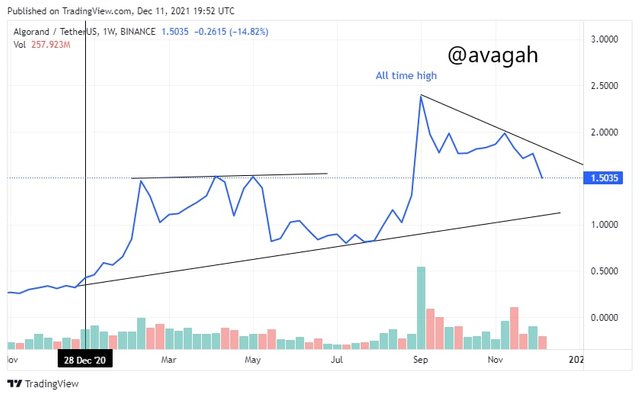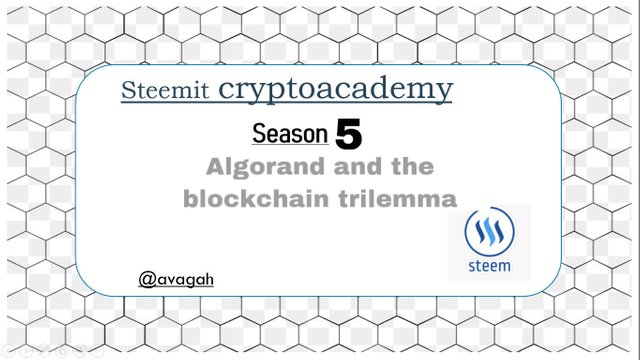
Welcome once again to another wonderful episode in the crypto Academy community. Before I present my homework post, I would like to acknowledge the professors and the crypto Academy community for making such an educative lecture possible. Today’s topic is simple Algorand and the blockchain trilemma
Without wasting enough time I would present my homework post systematically based on the questions from the professor @nane15

1. WHAT IS ALGORAND BLOCKCHAIN

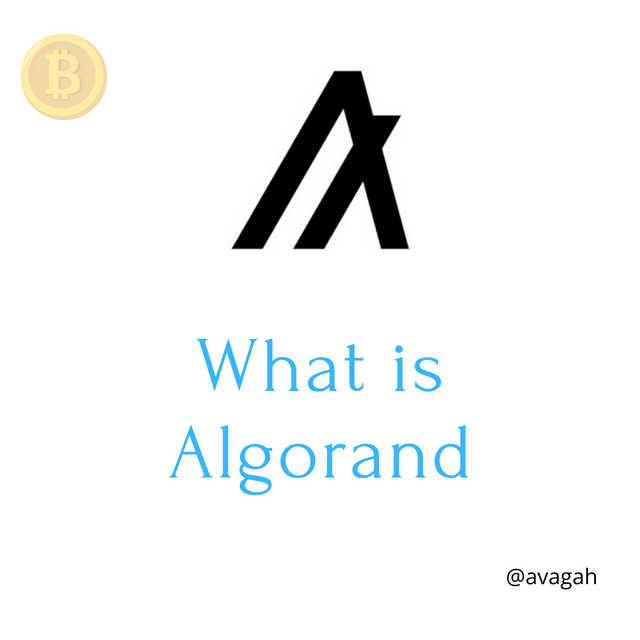
Since the inception of Bitcoin, there has been advancement in technology as well as blockchain technology. The Algorand blockchain project is one of the blockchain projects to address the blockchain trilemma.
Algorand is a blockchain protocol that uses a consensus protocol called "pure proof of stake (PPOs)" to solve the blockchain trilemma of achieving speed, security, and decentralization. Professor Silvio Micali of MIT designed Algorand in 2017.
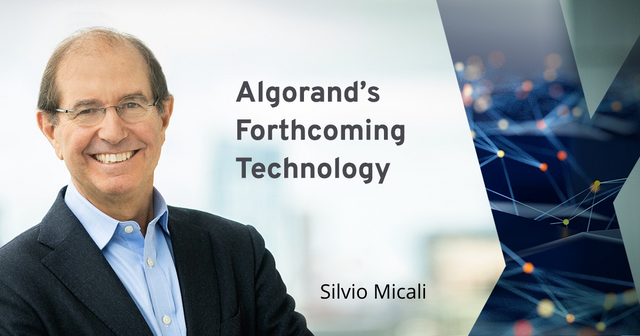
The Algorand has a Foundation responsible for the ecosystem's growth, cryptography research, and the decentralization of the Algorand network, including nodes.
Algorand is a decentralized network that allows all users who own Algorand to be able to process the next blocks. Also, it makes the system have no single point of authority by randomly selecting users to approve every block.
Algorand blockchain security has made Algorand blockchain a safe place to transact by protecting users' stakes and accounts, and resisting attacks at the consensus protocol level and network level.
Aside from having a safe place to transact, Algorand makes transactions faster by being able to handle at least 2000 transactions per second.
It’s safe to say Algorand blockchain has disproof the doubts of many great professors to have a fast, decentralized, and secured blockchain.

2. WHAT IS PPoS?

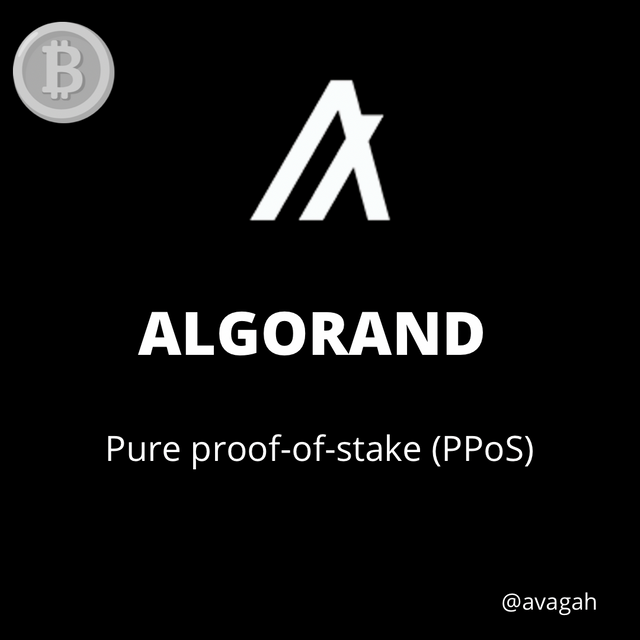
Pure proof-of-stake (PPoS), a protocol built on Byzantine consensus used in Algorand blockchain that helps process blocks. The Algorand network's consensus helps validate the blocks and process them quickly. A block must go through two processes to be created and validated known as the proposal and voting stage.
The proposal and vote stages are open to all members, but the ALGO coin is required.
To be in this stage, you must first become a participation node. To participate, members must stake the coin. You can affect the system by staking coins. The more coins you stake, the greater your impact becomes. Members do not require a large stake to affect the system, unlike Proof of Stake, and can influence the system regardless of how little their stake is. The difference between a high stake and a low stake is the amount of power you have over the system.
The users are coordinated with the Relay nodes after becoming a participating node. The relay nodes are not involved in the voting or proposal process.
Proposal Stage
Aldorand's Verifiable Random Function is used to select a participation node at random to propose the next block during the proposal stage. To inform him to propose a block, the randomly picked node is handed a cryptographic proof and a private participation key. People are attempting to assault the network, as stated previously. As a result, having the selected participation node random and secret reduces the possibility of targeting it.
The voting stage is the next step. Following the proposal of a block, a committee of participation nodes is formed at random to decide on the proposed block. If the chosen committee approves the proposal, the block will be certified and added to the blockchain. If this is not the case, a new participation node is chosen at random to propose a new block. Then the same step continues till a block is approved.

3.EXPLAIN THE ADVANTAGES AND DISADVANTAGES OF PPoS.

Advantages of PPoS
• Low stake to become a participation node
When compared to most blockchains that do not use PPoS, Algorand's PPoS makes it cheaper to influence block proposals and voting. On the Algorand Blockchain, a person just needs one ALGO to be a participations node, which is currently equivalent to $1.5, however, on Ethereum, which uses PoS, a validator requires about 32 ETH, which is now equivalent to $128465.28.
• Fast transactions
Because it can handle roughly 2000 transactions per second, the Algorand blockchain can compete with existing traditional systems in terms of transaction speed. Algorand is extremely fast when compared to other blockchains that do not use the PPoS technology.
• Cheap Validation
You don't require expensive items to validate a block in Algorand. In Algorand, for example, application-specific Integrated Circuits are not required for validation. For validation, only a few low-cost things are required.
Disadvantages of PPoS
Regardless of the merits of PPoS , it’s having a few demerits.
• Prone to attack
Algorand's policy of allowing anyone to be a participation node can render it vulnerable to attack. Due to the minimal cost of being a participation node, malicious users can take advantage and don't need much to do so. Malicious users may have the opportunity to propose a bad block.
• No penalty for Malicious uses
Unlike other networks, where users who propose harmful blocks have their coins decreased, here there is a recovery, and the process proceeds on to a new proposal.
• Low validators reward
In comparison to other blockchains with different consensus mechanisms, validators are not well compensated after validating a block.

4. DO YOU THINK ALGORAND SOLVED THE BLOCKCHAIN TRILEMMA? EXPLAIN YOUR ANSWER.

Yes! With the use of a consensus protocol, pure proof of stake (PPoS) consensus mechanism, I believe Algorand blockchain has fairly solved the blockchain Trilemma.
As previously stated, the Algorand blockchain is decentralized since any user who owns ALGO and becomes a participation node can participate in block validation. Furthermore, buying an ALGO and being a participation node is simple and inexpensive.
They also put security first by secretly selecting a random participation node to propose a block. This will help to limit the participating node proposing being targeted.
Finally, due to the ability to handle 2000 transactions per second, blocks are validated incredibly quickly.
Algorand blockchain has solved the blockchain Trilemma with its excellent speed, decentralized system, and security.

5. Do you think PPoS is better than PoW? Explain your answer.

Yes! Pure proof-of-stake (PPoS) is preferable to proof-of-work (PoW).
PPoS does not require complex Puzzles
Users who employ proof-of-work must compete for a very difficult cryptographic puzzle known as mining.
Proof-of-work is both costly and wasteful. Also To be competitive, it frequently requires specialized hardware and uses a significant amount of electricity.
PPoS is decentralized
Because miners pool their resources, POW has a de facto centralized power concentration. If they wish to or if they've been bribed, they can remove or change blocks. The security of a centralized blockchain is questionable. However, with PPoS, any user may have an impact, and your power grows as your stake grows.
PPoS consumes less time
Proof-of-work takes 10 minutes for blocks to propagate across the network and several users attempting to solve the cryptographic puzzle makes it slow and uncomfortable. Such latency and scalability are insufficient for supporting a global economy, yet PPOs blocks propagate in seconds and require minimal computing. With the speed of the PPoS it can be used worldwide.

6. Do you think PPoS is better than PoS? Explain your answer.

Yes! Because of various criteria, Pure Proof-of-Stake (PPoS) is preferable to Proof-of-Stake (PoS).
•With PPoS, tokens are not locked for an extended period.
Staking is done on any blockchain that uses Proof of Stake(PoS) in such a way that users must keep a portion of their token and lock it up for a set length of time.
Tokens that have been locked up cannot be used, which is inconvenient for the user.
•Tokens are being slashed.
In the event of a malicious proposal of a bad block, the PoS network slashes the token of a validator, reducing the users token, but PPoS restarts the process of a new block proposal and validation.
•The weight of the staked tokens has an impact on block validation.
The PoS having the validation of blocks impacted by the weight of tokens has given major companies and individuals with large funds an edge in the validating processes, resulting in centralized networks.

7. Explore and explain an ALGO transaction using algoexplorer.io ( Screenshots required)

• To begin, go to algoexplorer.io
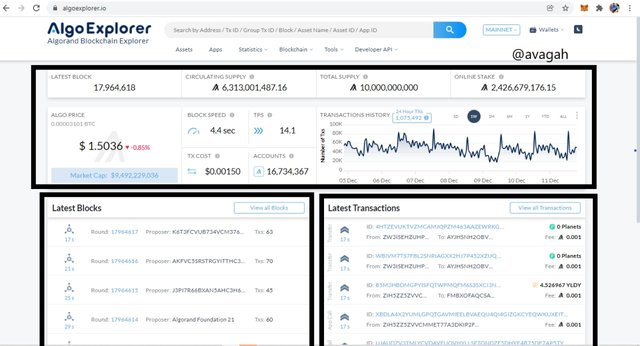
• The webpage includes information such as the latest blocks, transactions, and circulating supply, among other things.
•You may view the specifics of any block or transaction by clicking on it.
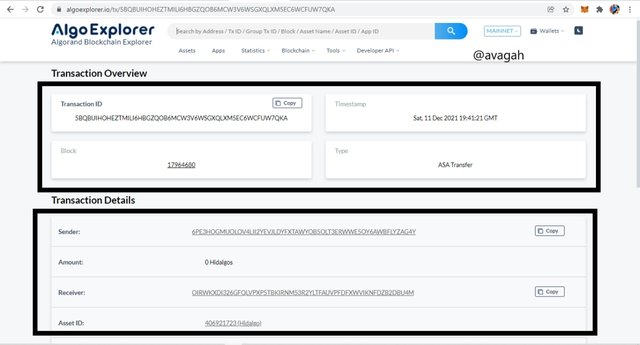
• I clicked on one of the transactions to see the overview.
This section is divided into sections: Transaction Overview, Transaction Details, and Additional Information. The Transaction ID, Timestamp, Block, and Type are all shown in the Overview. The Sender, Amount, Reciever, Asset ID, Sender ASA Balance, and Reciever ASA Balance can all be found in the Transaction Details
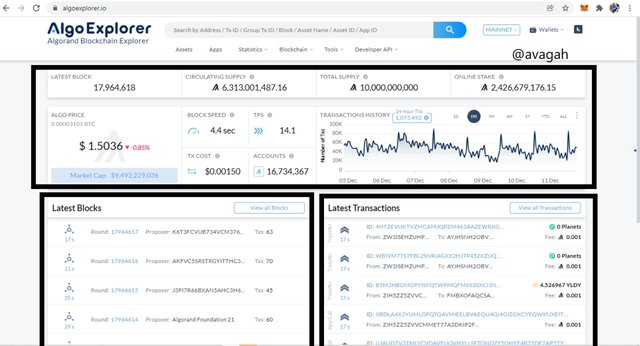
• Next, we go back to the homepage
•we click on one of the latest blocks
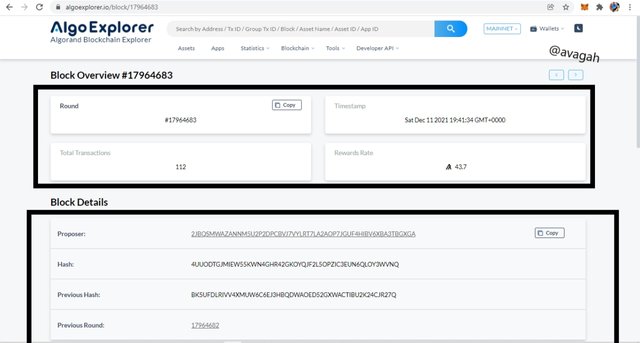
The block is also in sessions: The block overview and block details. It has a round number, total transactions, timestamp, rewards rate, proposer, hash, previous hash, and previous round.

8. Carry out an analysis of the price of ALGO from the beginning of the year to the present. Via graphics (screenshots required.)

The chart above shows the price of AlGO this year from 1st January 2021 to today 11th December 2021.
As of 1st January, the price of ALGO was $0.4. Since then the price started moving upward and was valued at $0.65 at the beginning of the next month February. Wishing February price was able to rise to $1.72 and then had a massive drop of 42% to $1 on 26TH February. Price rose to $1.7 for the second time and this year on April 17TH and dropped again. Meaning the price was failing to break the 1.7 zones. From there the price dropped by about 59 percent to $0.7 on July 20th. On September 21st the price was able to reach an all-time high. As of that time, it will cost you $2.4 for 1 ALGO.
Since 21st September, the price is of ALGO is declining and it’s currently at $1.5
Today’s price of 1 ALGO is $1.5.
CONCLUSION
Because of its varied properties, the Algorand blockchain has a bright future. Algorand has been a good solution to the blockchain Trilemma, which is decentralization, security, and scalability, with its Pure Proof-of-Stake PPoS consensus process.
To fulfill its goal of providing scalable blockchain services like Bitcoin, Algorand blockchain does not rely on any external chain. It created its consensus method, allowing the blockchain to grow in size while maintaining decentralization and security. It's a one-of-a-kind network that allows developers to build decentralized applications on top of it.
Thanks to professor Silvio Micali and his team to bring such a great blockchain technology that has solutions to the blockchain Trilemma.
Professor @nane15 deserves credit for introducing this educational nugget and homework.
I've learned a lot about Algorand, and it's worth studying.
